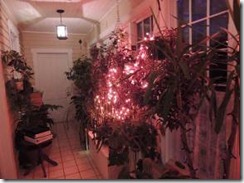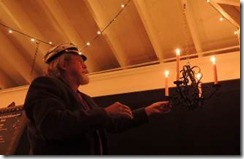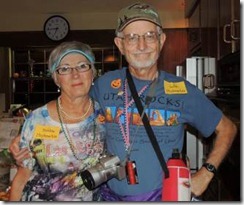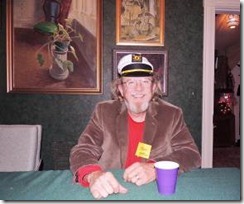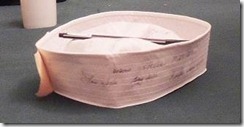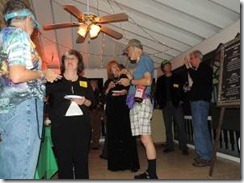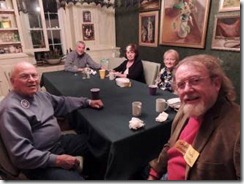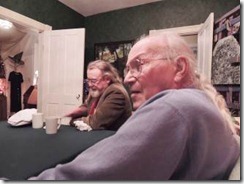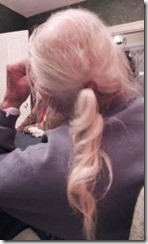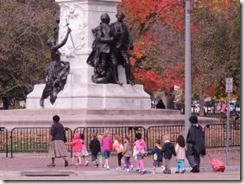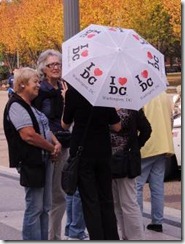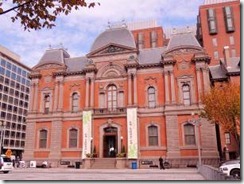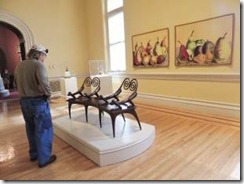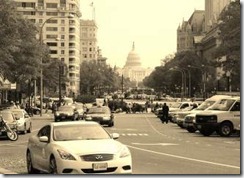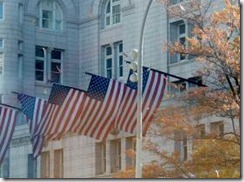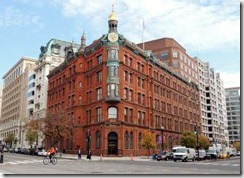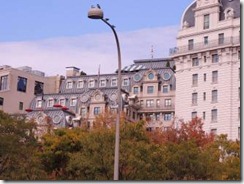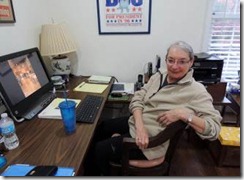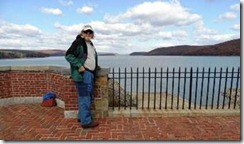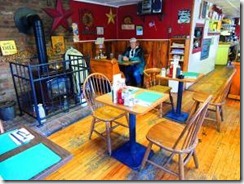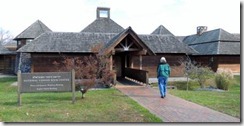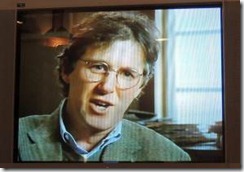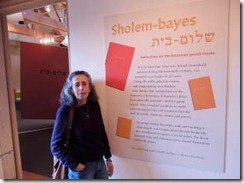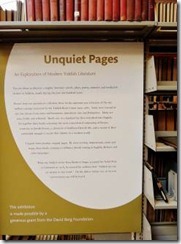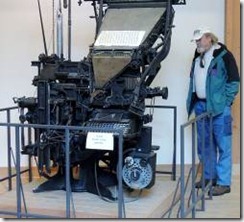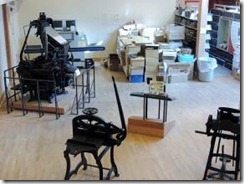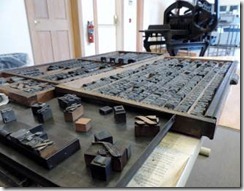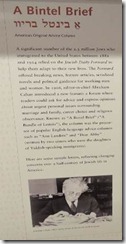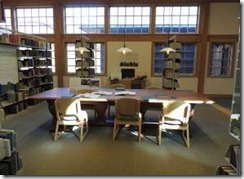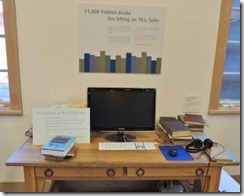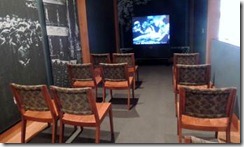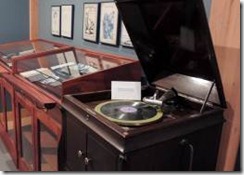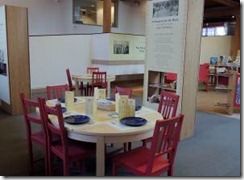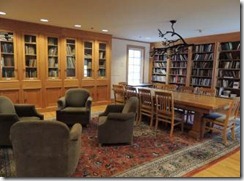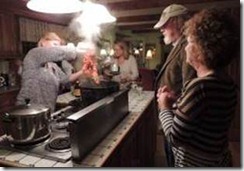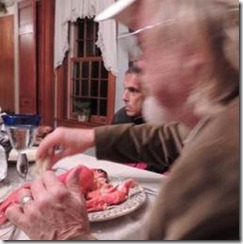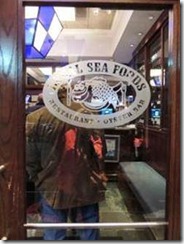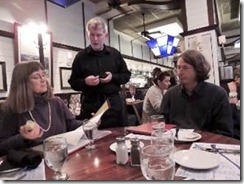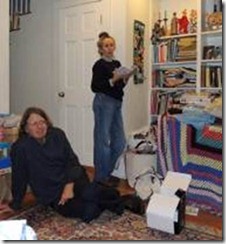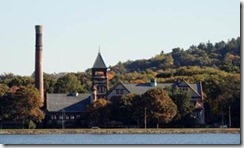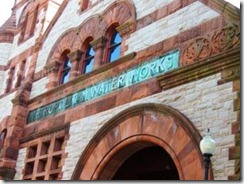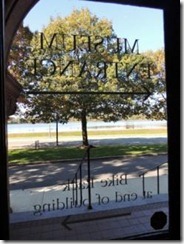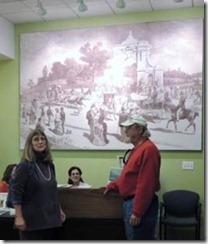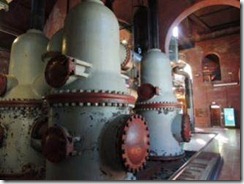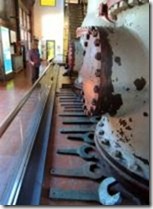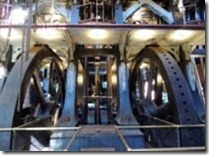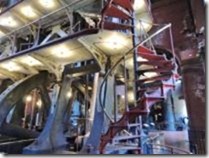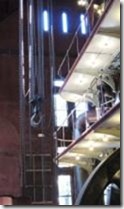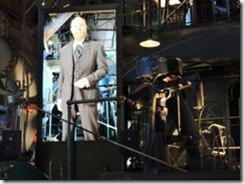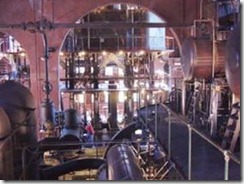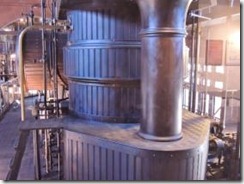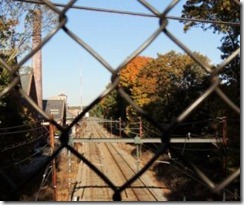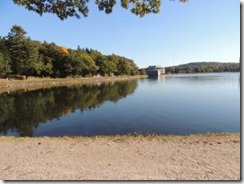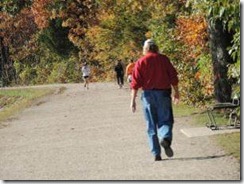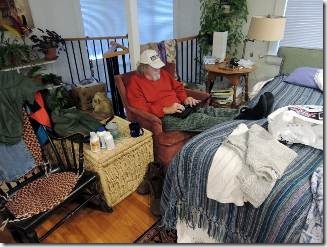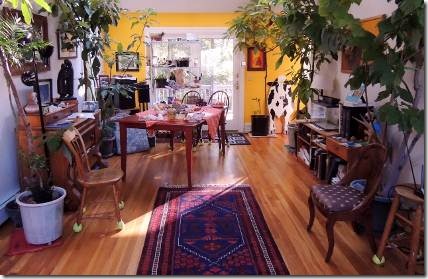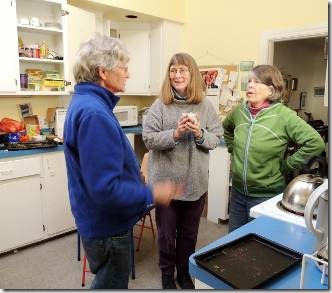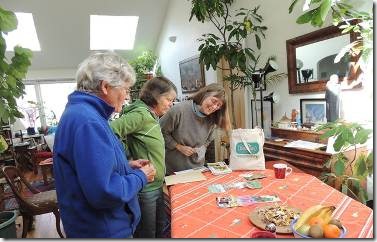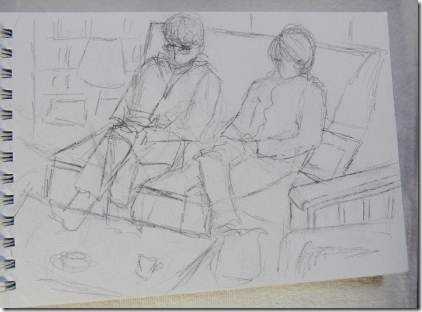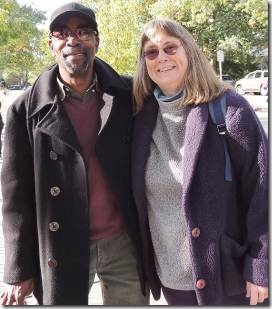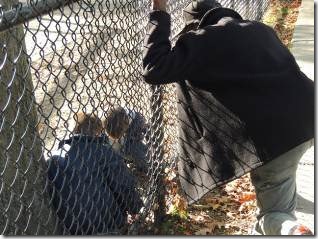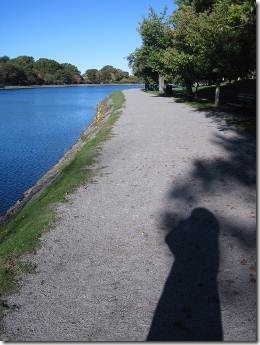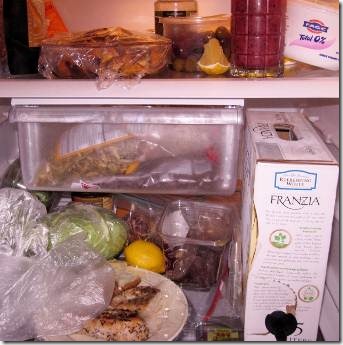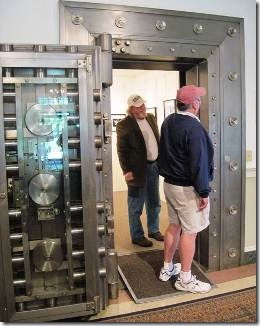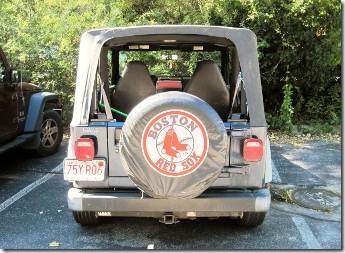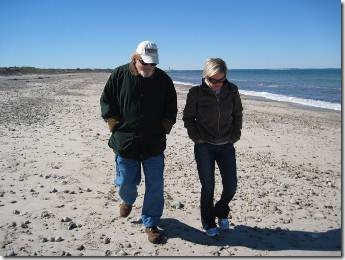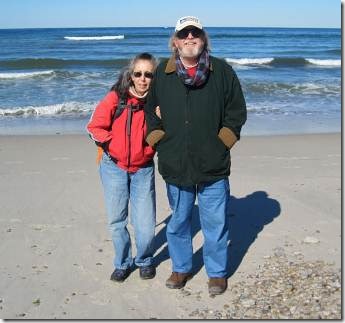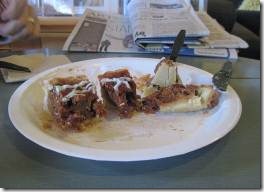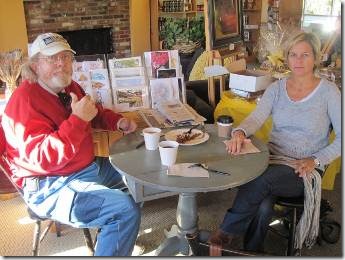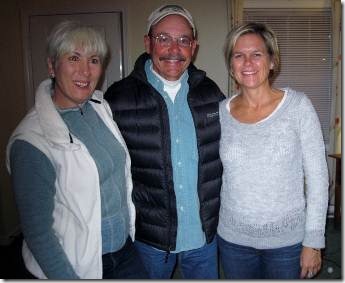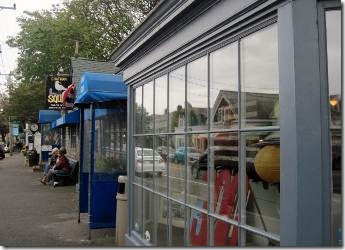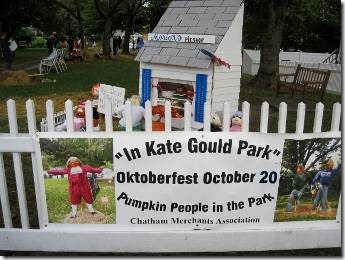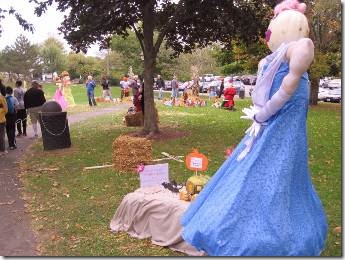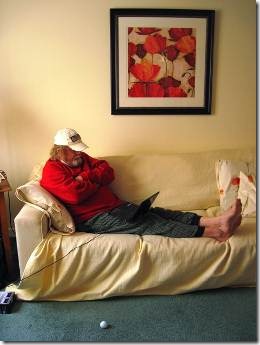Hi Y’all,
We’re back south so now it’s y’all instead of “you guys.” This is the last of my “Massachusetts” pals story. There are still some folks we missed but I’ll visit them with some snail mail before we leave.
As you’ll see in this email, we spent some time across the river from New Bedford in Fairhaven. Never went there when we were kids; well not very often anyway. My father grew up in New Bedford and he and my mom, and my sister Harriet lived in an apartment building, The Huddleston, in Fairhaven until I was born a few years after my sister. Then we moved way across the Acushnet River to New Bedford. http://www.millicentlibrary.org/mrktn&ml.htm is a really interesting link telling of Henry Huddleston Roger’s relationship to Mark Twain and also to Helen Keller. Who knew? Actually I knew the link to Twain as there is a “story” that the Huddleston Apartment building was once a home built to accommodate Twain as Roger’s wife couldn’t stand him. Don’t quote me; that might only be Lipnik family lore. (Lipnik is my maiden name.)
As I researched places in Fairhaven, I learned more than I’d known about the history of the area. So it’s here for you to read also, if you want. There are no tests. You can skip it all and just look at the photos. It was interesting to me. I’m amazed it took this long for me to know it.
From Har’s we started our drive back to Roanoke. We spent one afternoon in the Amherst area stopping for 2 minutes at Quabbin Reservoir and about an hour at the Yiddish Book Center. I have stories about both. We actually then spent the night in New Paltz, New York. From there we visited folks in McLean, VA but that’s getting way ahead of myself. So I’ll stop now.
Ru
Saturday
Saturday we drove to Fairhaven to eat in Pumpernickel, which USED TO BE Randal’s and my favorite lunch spot in town where we would stop every year on our way to Har’s house. (This year we’d stopped there on our way to Har’s from Julia’s, at noon Friday only to be told they closed at noon on Fridays.) Har, Randal and I drove there on Saturday only to be told they closed at 1 pm on Saturdays. It was about 1:05. Who knew? We’d never had a problem before. So we found a new favorite place to eat, Simmy’s https://www.facebook.com/SimmysFairhaven
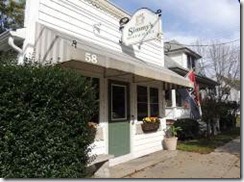

Simmy’s where you can have breakfast all day. I had tuna “on pumpernickel.”
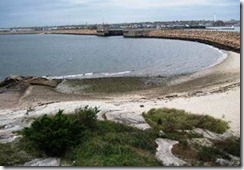
New Bedford Hurricane Barrier
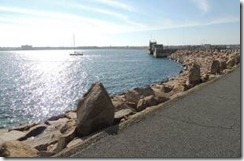
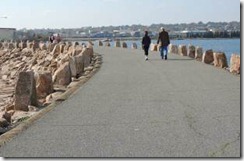
The Fairhaven side of the Hurricane Barrier
The gates are kept open unless bad weather calls for the gates to be closed. While open ships can easily pass through. You can see across the Acushnet River to the New Bedford side.
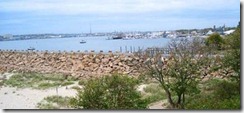
The protected inner harbor of Fairhaven.
May 21, 1966: HARBOR SECURED
By Charles Buffum Standard-Times Staff Writer
“It cost $1,000 a foot, is long enough to span the 3.5 mile width of New Bedford, is as high (and wider ) than The Great Wall of China, and has enough steel in it to build a Navy destroyer. Its two huge steel navigational-sector gates weigh 400 tons apiece-each 35 tons heavier than the biggest locomotive ever built-and each as tall as a six-story house.” http://www.westislandweather.com/thehurricanebarrier.htm
June 09, 2011 12:00 AM http://www.southcoasttoday.com/apps/pbcs.dll/article?AID=/20110609/NEWS/106090345
“It is said to be the largest stone structure on the East Coast and the largest hurricane barrier in the world. Properly presented, it could be one of the biggest attractions in the city of New Bedford.
The New Bedford Hurricane Barrier, built in the early 1960s to protect the city after the devastating hurricanes of 1938 and 1954, could provide a panoramic 3-mile-plus-long walk high above the city harbor.
With views of downtown New Bedford and Fairhaven, Palmer’s Island, Forts Tabor/Rodman and Phoenix along with the outer harbor, the rocky granite top of the hurricane barrier has the potential to be one of the city’s prime recreational sites.
Imagine a hurricane barrier with a paved walkway — park benches for more than a mile lining the views north, south, east and west — and period lighting that would be a grand welcome to New Bedford Harbor itself.
It would be more than sublime.
Unlike the hurricane barrier walkway that’s always been located on the Fairhaven side of the Acushnet River, the New Bedford barrier has never been enjoyed to its fullest by city residents and visitors. It’s a utilitarian rocky top, forbidding to all but the young and spry as far as a leisurely summer walk is concerned. But now that the Army Corps of Engineers has said the barrier can be recertified for hurricane protection, Mayor Scott Lang wants to move ahead with a plan to build a lighted walkway on top of the barrier with benches where everyone in the city could enjoy the million-dollar views of Buzzards Bay on a sultry afternoon like Wednesday.
The plan would be to join the barrier walkway to a conservation boardwalk on the adjacent pastoral outcrop of Palmer’s Island, which sits smack in the middle of the harbor just north of the barrier. The plan would also be to tie the barrier walkway to a more parklike environment at the Gifford Street boat ramp on the shoreline. If these plans were ever realized, the city of New Bedford, for a relatively minimal investment, could create a harbor parkway as grand in its own way as either Buttonwood or Brooklawn parks. "It makes all the sense in the world," said Lang, explaining that a hurricane barrier walkway could revitalize a long-neglected area of the city.
Lang and I first walked the hurricane barrier together three years ago. I’d had the idea that a walkway on top of the structure had a lot of potential for helping city residents better connect to their river. Lang, however, told me the city was already on top of the idea and had applied for a grant and the Army Corps’ permission to build the walkway. Lang originally thought the walkway could be realized in a year or two, but then Hurricane Katrina struck and the Army Corps decided the barrier’s structure needed to be re-evaluated. But all that’s done now.
Here’s the problem.
Three years ago, there was plenty of state and federal money around for urban revitalization projects like a parkway on top of the hurricane barrier. But now, with the country in the throes of the greatest economic slowdown since the Great Depression, there’s said to be no more money. That’s a shame because a recreational upgrade of the hurricane barrier seems like the kind of natural government works project that you would want to undertake during a time of economic slowdown. Sort of like 2011 New Bedford’s version of the Cape Cod Canal bridges. Ron Labelle, the savvy head of the city’s Public Infrastructure department, thinks an initial hurricane barrier parkway could be built for $250,000 to $350,000.
The city has a little money coming its way on July 1 when the new fiscal year will make $50,000 available from the Seaport Advisory Council for the initial stages of a hurricane barrier walkway pilot project.
The original plan was to match that money with something called "urban self-help" grants to construct the pilot section of walkway, but that money probably won’t be available now.
But Labelle, Lang and Kristin Decas, executive director of the Harbor Development commission, are not easily deterred. They hope to go forward with some sort of pilot section of the walkway anyway.
Labelle said the city once again can use its own Public Infrastructure department to do the construction work for the pilot sections — maybe it won’t yet have the park benches or the lighting, but it’s a start.
It would have to be constructed in roughly 20-foot sections, Labelle said, so the concrete structure could cure, but it could be completed over time, maybe a little bit each year, he said. "We could continue to look for funding sources, but at least we could get the thing started," he said.
I’d like to see the city move a lot faster than that. I just think a hurricane barrier walkway has enormous potential for the city, both from a tourist and recreational perspective.
There are some impediments, to be sure.
New Bedford has evidently committed to using the Gifford Street boat ramp area as a staging location for the Cape Wind project. And as that project continues to be tied up in court and with other bureaucratic delays, it seems like it’s going to be like commuter rail — taking longer rather than shorter.
I’d like Economic Development Council director Matt Morrissey to see if there’s another possible staging area, or at least preserve a portion of a boat ramp park and parking area for the walkway.
Also in the works is said to be a Palmer’s Island earmark from the last round of the Harbor Trustee Council money. Maybe there are some possibilities to link hurricane barrier walkway work to that project.
Of course, it’s all the political rage right now to proclaim that the country has to stop spending money in order to pay down the massive federal deficit. But that seems exactly wrong to me — as in the Great Depression, now may be exactly the time to do this kind of great public works project. Can you spell Franklin Roosevelt?
The truth is that this grand New Bedford hurricane barrier is an architectural wonder that many communities would be ecstatic to possess. It’s an engineering marvel that, besides its massive gates, actually includes a tunnel, seven stories underground, that weaves its way along the barrier.
Never yet tested by the kind of big hurricanes it was designed to endure, the barrier gates take a full 12 minutes to close just one side.
This edifice itself has enormous potential as a tourist attraction.
It’s one of a kind, New Bedford’s own little Hoover Dam.
It’s just a matter of us, and the rest of the world, coming to realize it.
Contact Jack Spillane at jspillane@s-t.com
http://fort-phoenix.blogspot.com/
Fort Phoenix, Fairhaven, Massachusetts
Guarding the Harbor of Fairhaven & New Bedford since 1777.
Fort History
On May 13-14, 1775, the first naval battle of the American Revolution took place off our shore when the local militia, under the command of Nathaniel Pope and Daniel Egery, captured two British sloops in Buzzard’s Bay.
Shortly afterward, the town petitioned for the construction of a fort at Nolscot Point for the protection of the harbor. The original fort was built by Capt. Benjamin Dillingham and Eleazer Hathaway between 1775 and 1777. It was outfitted with eleven cannon, several of which had been captured in the Bahamas by John Paul Jones.
The fort was attacked and destroyed when the British raided the harbor on September 5-6, 1778, landing 4,000 troops in New Bedford. The troops marched inland along the west shore of the Acushnet River to Acushnet, then came south through Fairhaven to Sconticut Neck. At this time the British drove a group of 34 local militiamen under the command of Timothy Ingraham from the fort, burned the barracks, broke up the gun platforms and smashed all but one of the cannons.
When the fort was rebuilt following the 1778 attack, it was named Fort Phoenix after the mythical bird which rose from its own ashes.
Shortly before the War of 1812, Fort Phoenix was enlarged under the supervision of Sylvanus Thayer, who later became the "Father of the Military Academy" at West Point. In June of 1814, the fort helped repel an early morning attack by British in landing boats from the HMS Nimrod.
Fort Phoenix was manned throughout the Civil War by troops who rotated duty between the Fairhaven fort and the newer Fort Taber in New Bedford. Eight 24-pound cannon were installed at the beginning of the war, five of which remain at the fort today.
Fort Phoenix went out of service in 1876. In 1926, it was purchased for the town by Lady Fairhaven, Mrs. Urban H. Broughton of England, a daughter of the town’s benefactor Henry Huttleston Rogers. Since then it has been maintained by the town as a public park.
In 1973, Fort Phoenix was placed on the National Register of Historic Places.
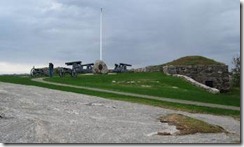
The guns of Fort Phoenix
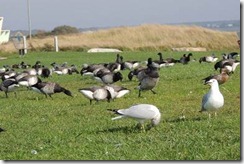
Remember the grade school game: Duck Duck Goose?

I like seagulls and cormorants and most shore/ocean birds
Sunday……….
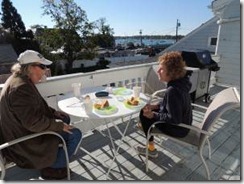
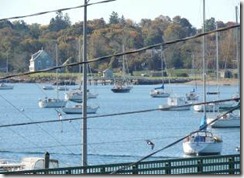
Randal and Harriet at Har’s apartment and the view from the patio. What a great place to be: overlooking Padanaram Harbor. http://www.padanaramvillage.net/ is the website for Padanaram Village with lovely music to listen to while you read about the area.
We have another tradition while in Dartmouth and that’s helping get these guys’ sailboat covered up for the winter. It had been pulled from the water and was on a hardstand but needs to be covered with tarps. Last year we all worked on that task. This year it was divide and conquer. The sails also needed to be washed so Eileen, Har and I worked on the sails and Randal helped Bill gets the tarps in place on the boat. It was a perfect day for both tasks.

The lovely front garden at Eileen and Bill’s house.

The naughty sisters….or so they are described; but so cute.
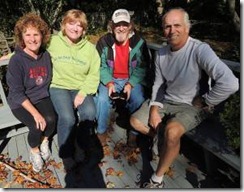
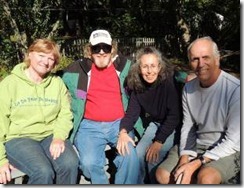
Har, Eileen, Randal and Bill Eileen, Randal, Ru and Bill
Someday I’ll figure out how to use the timer everyone can be in one photo.
We also had to make our traditional visit to Horseneck Beach. (Lots of traditions here in Massachusetts.) Last year it was so warm that I actually went swimming with Har just so I could say that I’d done it. Too cold for me, but Har really enjoyed it. This year it was not so warm and a little too late in the day so we just enjoyed a walk on the beach.
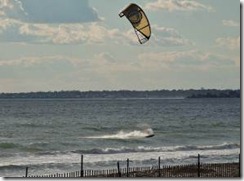
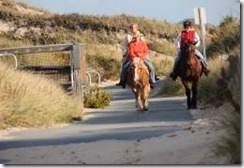
Horseneck Beach: not just for summer swimming. It’s a great place all year round.
We stepped aside to let the horses pass and someone called out hello to Har. Har teaches kindergarten and one of the riders was the mom of a former student!
http://www.mass.gov/dcr/parks/southeast/hbch.htm
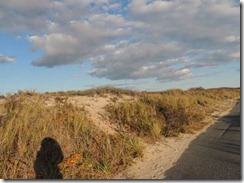
It’s a great place with lots of sandy beach and dunes; my idea of what living near the water should be.
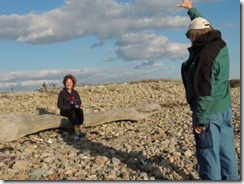
I have no idea what Randal is doing; maybe playing some kind of shadow game.
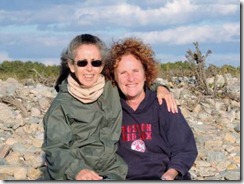
Pals!
In my honor, as opposed to the honor of the Red Sox, Har wore her Red Sox sweatshirt. I’m wearing the lovely warm neck scarf (or hat in a pinch) Julia bought for me while we were in Hyannis. It’s made from recycled water bottles. I think I mentioned it before?

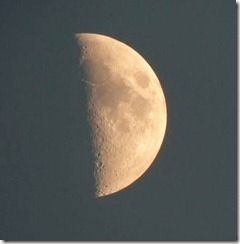
Moon photo original and then autocorrected to show more detail.
Marian, whom you met in Martha’s Art Group, knows lots about cameras. She told me that if I caught the moon at the right time I could get great pictures of the craters. I took this photo with my zoom and cropped it, but didn’t zoom it any more than that. I did also “autocorrect” it which made the sky darker. She also taught me this little fact about the moon in a way easy to remember: the older the moon the
later it rises. She sent an email October 24th to remind me suggesting that I try about 4pm. I had taken my moon photos the day before, the 23rd about 5:30pm because I’d remembered her suggestion from Art Group. Really pretty neat. I don’t know when the moon will change so you’d better try soon if you want to make some moon photos. My zoom is 42x optical Zoom-NIKKOR ED glass lens (24mm-1,000mm). But I can’t zoom it all the way out and hold it steady, yet. And I don’t know the best setting for zooming out. More to learn.
No virus found in this message.
Checked by AVG – www.avg.com
Version: 2013.0.2742 / Virus Database: 2617/5853 – Release Date: 10/25/12



